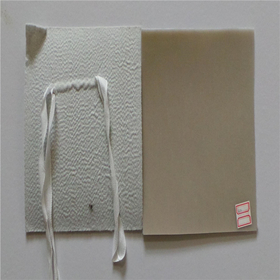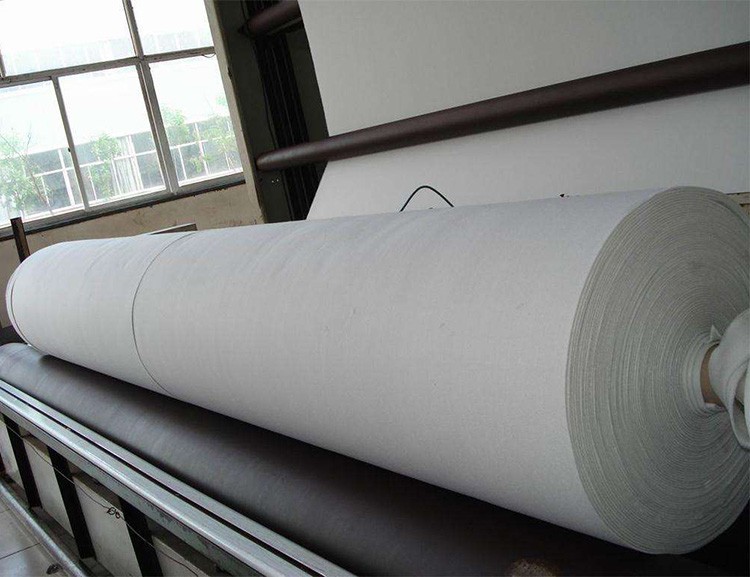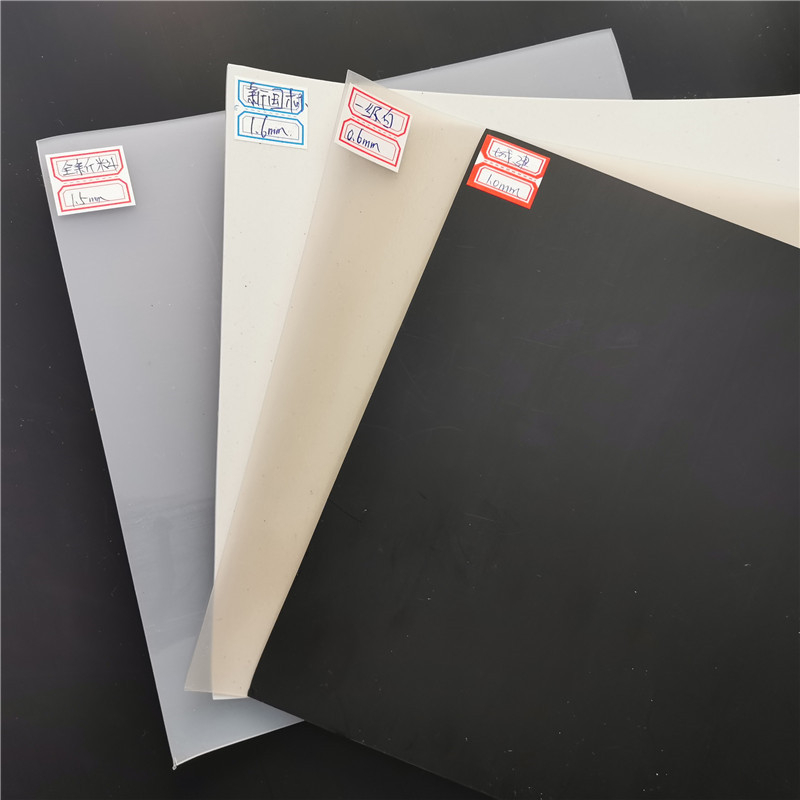
产品介绍:
![1602751805155910.jpg 201704121543322068[1].jpg](/static/upload/image/20201015/1602751805155910.jpg)
Waterproof boards are a type of anti-seepage material made from high-molecular polymers as
the basic raw material. They can not only prevent liquid leakage but also prevent gas volatilization.
It is widely used in construction, transportation, subways, tunnels and engineering projects.
The main function of the waterproof board is to prevent the leakage of liquids and the volatilization
of gases. In rock engineering, the role of the waterproof board is mainly to prevent seepage and
isolation, but it also serves to strengthen and protect. It is mainly applied in the anti-seepage of
earth-rock DAMS, rockfill DAMS, masonry DAMS, concrete DAMS, tailings DAMS, sewage reservoir
DAMS, channels, liquid storage pools and other projects, anti-seepage linings of subways, basements
and tunnels, anti-seepage of highway and railway foundations, and is used in conjunction with
geotextiles such as long-fiber geotextiles and bentonite waterproof blankets in sanitary landfill sites
Characteristics
Strength - Under the same gram weight specification, the tensile strength in all directions is higher than
that of other needle-punched non-woven fabrics.
Uv resistance - It has extremely high UV resistance.
Extreme high-temperature resistance - Resistant to high temperatures up to 230℃, maintaining structural
integrity and original physical properties even at high temperatures.
Permeability and planar drainage - The waterproof board is relatively thick and formed by needle-punching,
featuring excellent planar drainage and vertical water permeability, which can be maintained for many years.
Creep resistance - The creep resistance of the waterproof board is superior to that of other geotextiles, thus
ensuring good long-term performance. It can resist the erosion of common chemical substances in soil as
well as the corrosion of gasoline, diesel and other substances.
Ductility - The waterproof board has a good elongation rate under a certain stress, which enables it to adapt
to uneven and irregular base surfaces.





